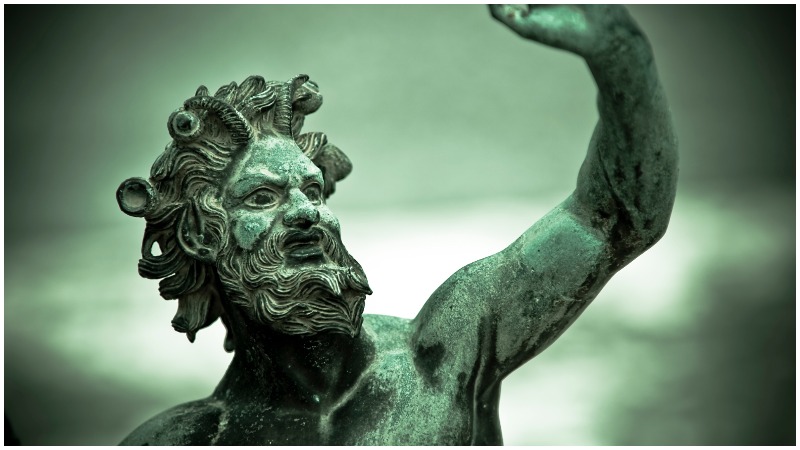Death comes to all men, whether it’s due to old age, illness, violence, or sheer mischance.
In the ancient world, it usually came much sooner than it does in the modern era, and often in much odder ways.
What follows are seven stories of some of the most unusual deaths in ancient history.
Aeschylus
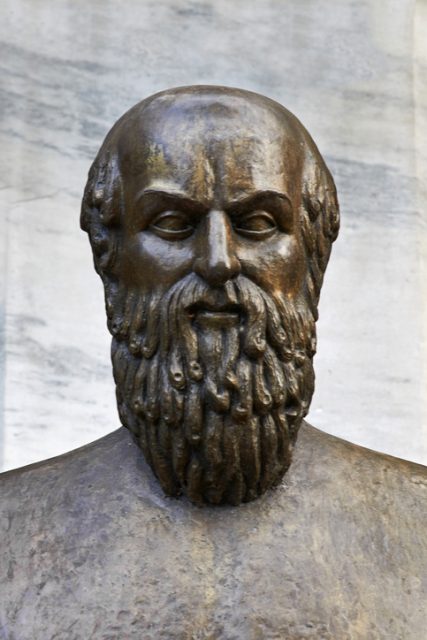
Aeschylus was Athens’ first great tragedian, famous even today for some of his work. He wrote over 90 plays, winning prizes for about half of them during his lifetime.
According to Ancient Origins, his death was also pretty tragic. In addition to being a playwright, Aeschylus was also a warrior, with a distinguished military record of which he was very proud, but he didn’t die in battle.
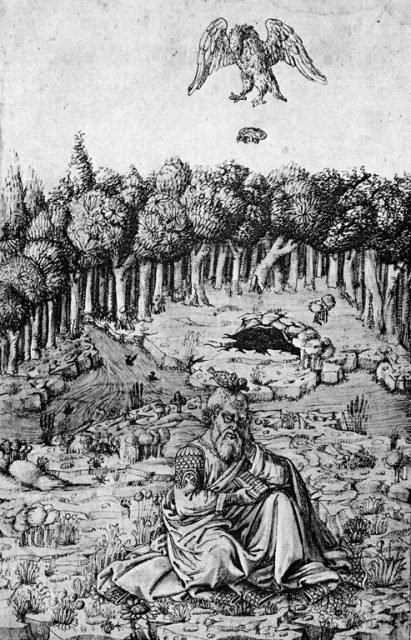
Later in his life, he decided to leave Athens for Sicily. While he was there, he experienced the world’s only known case of death by a tortoise. An eagle flying overhead was carrying a tortoise it had caught.
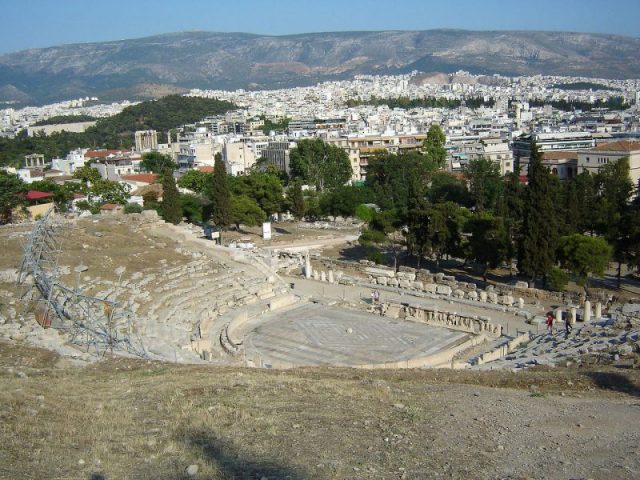
While passing over the playwright, the eagle must have thought his bald head was a boulder, because the eagle dropped the tortoise on Aeschylus’ head, presumably to crack its shell and make it easier to eat.
Ironically, Pliny noted in his Natural History, that Aeschylus had been spending a great deal of his time outside in hopes of avoiding a prophecy that said he would be killed by a falling object.
Emperor Qin Shi Huang
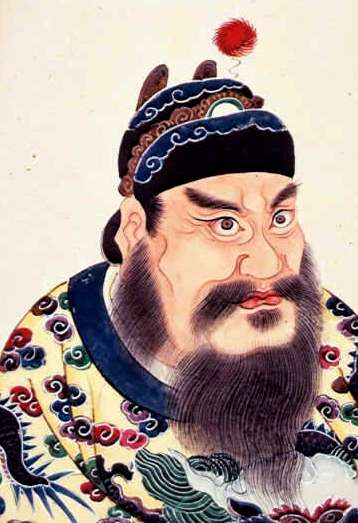
He was the first Chinese Emperor, according to Vision Media, uniting five states with his own when he became king. Proud of his conquests, he had the desire to rule over them forever, and he became obsessed with the idea of obtaining true immortality.
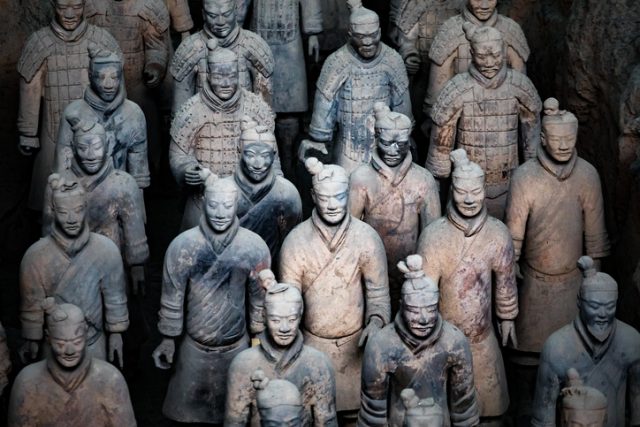
He pursued many leads in his quest, ranging from seeking help from mystics to special herbs. Ironically, it was his desire to live forever which probably ultimately caused his death. The emperor regarded mercury as a life-giving substance, and it was an ingredient in some of the preparations he was given to help him reach his goal. Instead, he died at age 50 of mercury poisoning.
Hypatia
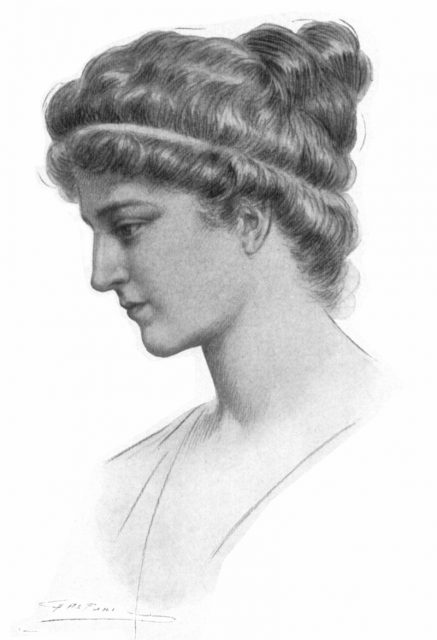
According to Britannica, Hypatia of Alexandria was a mathematician, philosopher, astronomer, and early feminist.
Although the works are no longer in existence, she wrote or revised a number of important mathematical texts. She was also a popular teacher and lecturer, speaking to students and large audiences on a variety of philosophical subjects.
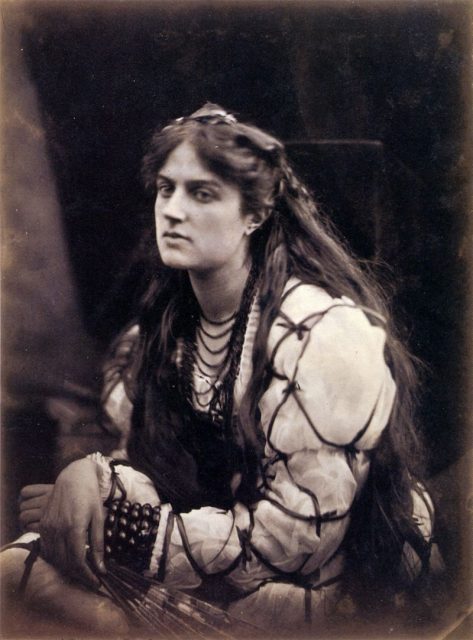
Her particular slant on philosophy was widely considered to be “pagan,” and Alexandria was rife with intense religious conflict between Christians, Jews, and pagans.
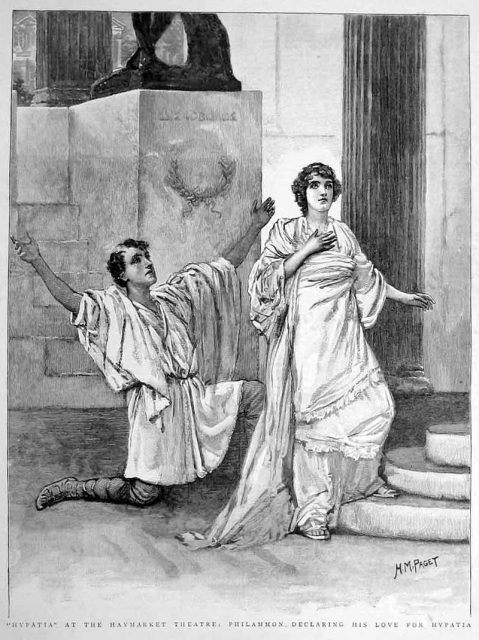
After a while, rumors began to circulate around Alexandria that Hypatia was stirring up anti-Christian sentiment, and she died at the hands of a mob of Christian zealots, who flayed her with sharp seashells, pot shards, and whatever other sharp objects they could quickly get their hands on.
Draco
No, not Malfoy. Draco was an Athenian lawgiver in the 7th century BC, who was known for the harshness of his legal code and punishments. According to Historyly, a common gesture of respect for a leader in ancient Greece was to throw shirts and coats at them.
Draco wrote the first set of laws for the people of Greece, and the leaders wanted to honor him with a celebration for his work. During the celebration, hundreds of people began throwing coats at Draco, and the pile grew so large and heavy that it smothered him.
Eleazar Avaran
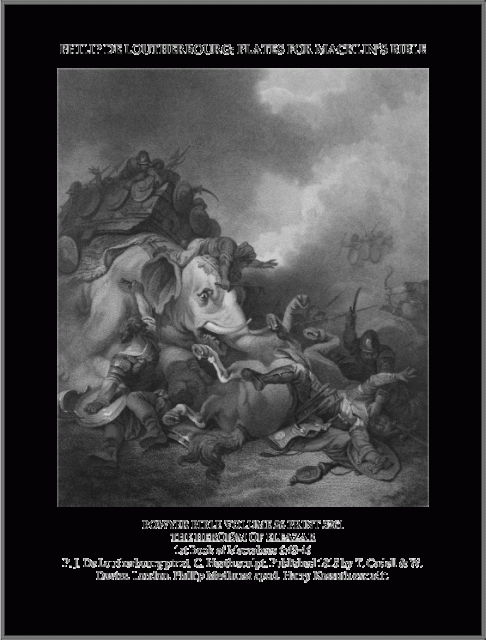
Avaran was also known as Eleazar Maccabeus and was the younger brother of Judas Maccabeus. Revolvy relates that during the Maccabean revolt, Eleazer spotted a war elephant wearing special armor, which seemed to be carrying the enemy king.
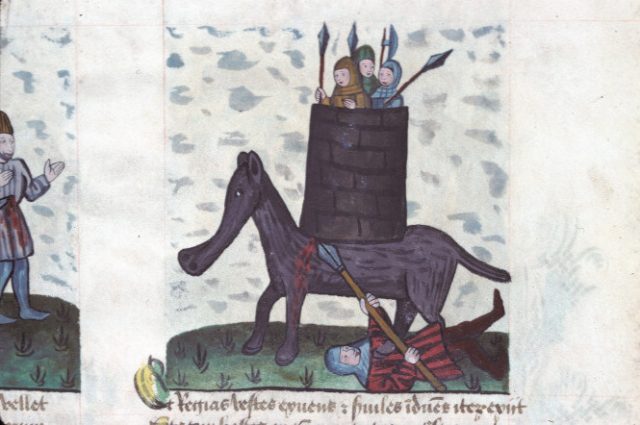
At risk of his own safety, he charged forward and attacked the elephant, thrusting a spear into its belly. Unfortunately, when the elephant collapsed, it fell on top of Eleazer, crushing him to death.
Philitas of Cos
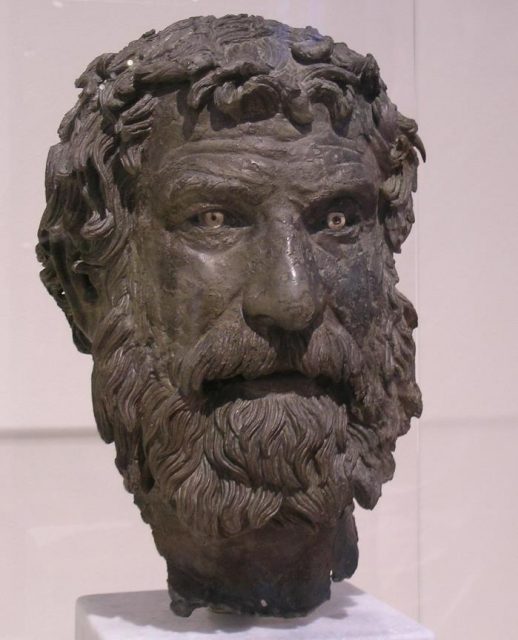
Philitas was a very influential Greek poet, literary scholar, and critic. He was also the ancient world’s equivalent of an internet troll. He couldn’t tolerate seeing other people’s logical errors or poor language choices, and he felt a strong need to explain why other people were wrong. The legend is that that this is how he died. He was so busy writing papers correcting people that he forgot to eat — and starved to death.
Arrichion
According to the Bleacher Report, Arrichion was the first athlete to ever win an Olympic event after his death. Arrichion was involved in pankration, which was an ancient Olympic sport a little like modern MMA. The event was known to be brutal, and it was eventually discontinued because so many participants died.
In Arrichion’s particular event, he and his opponent were fighting, and the opponent put him in a chokehold.
Read another story from us: The Ancient Greek Philosopher who Got Drunk and Laughed Himself to Death
Arrichion tried to free himself but was on the verge of blacking out when he managed to grab and dislocate his opponent’s ankle, causing him to signal defeat just moments before Arrichion died of his injuries. As a result, Arrichion was declared the winner, despite the fact that he was dead.
